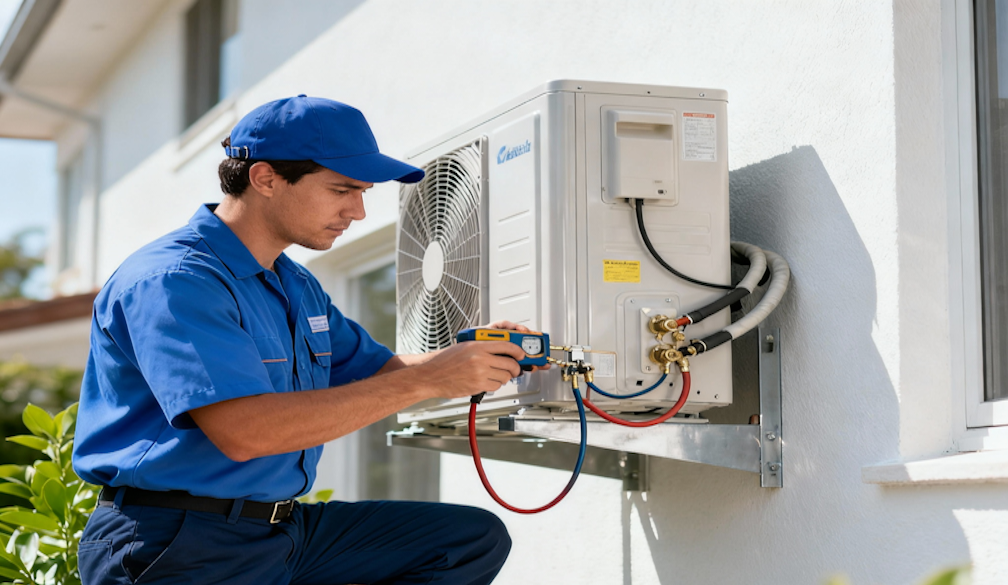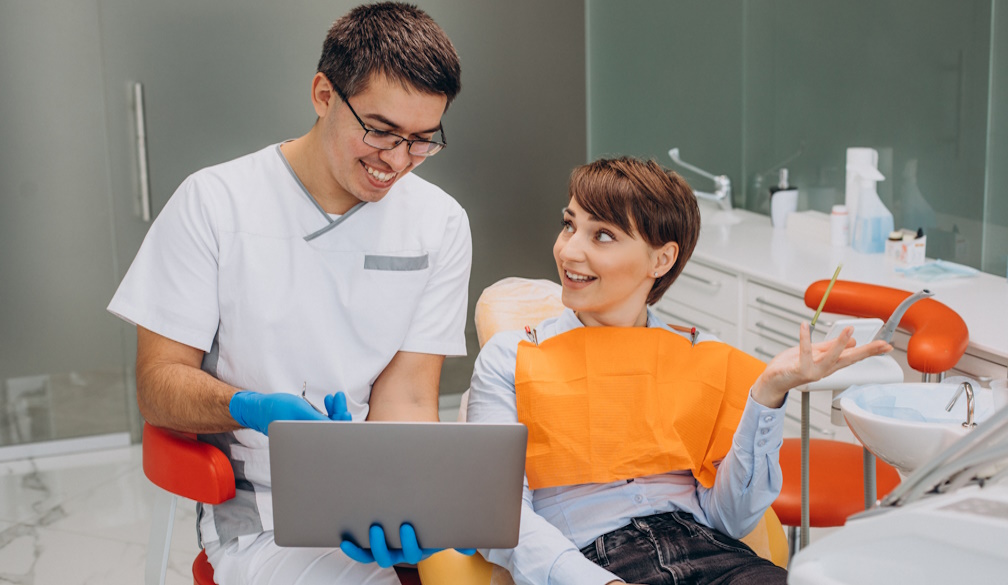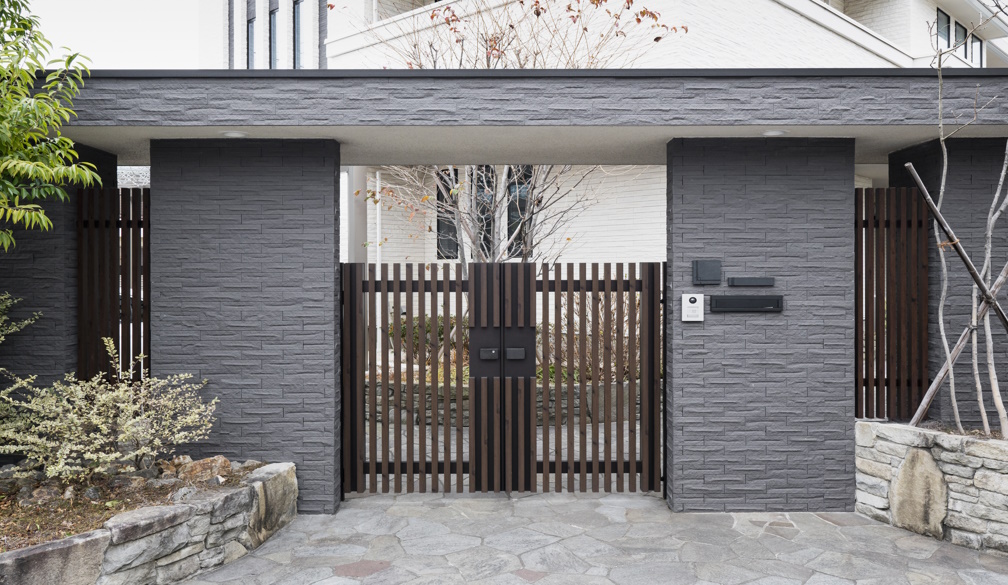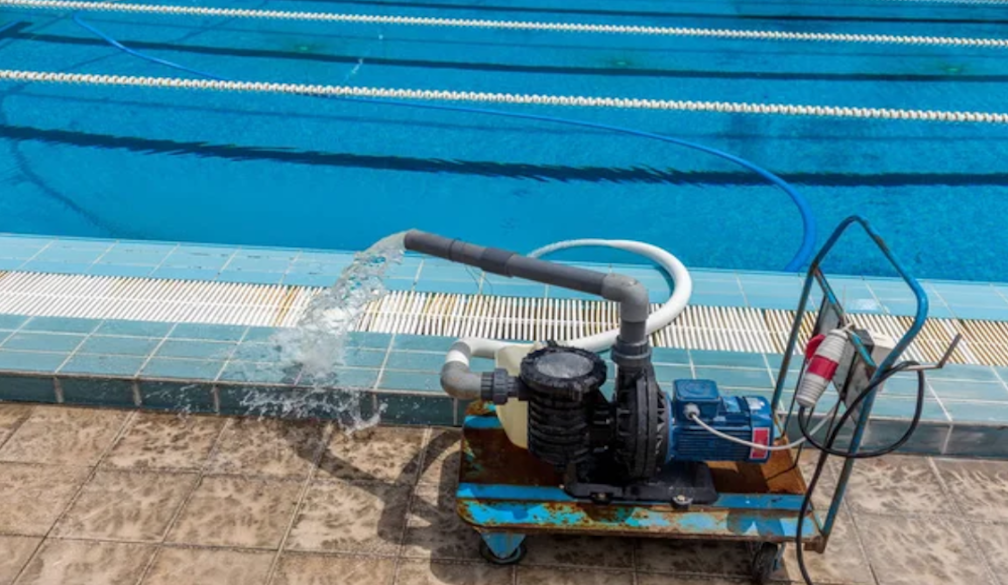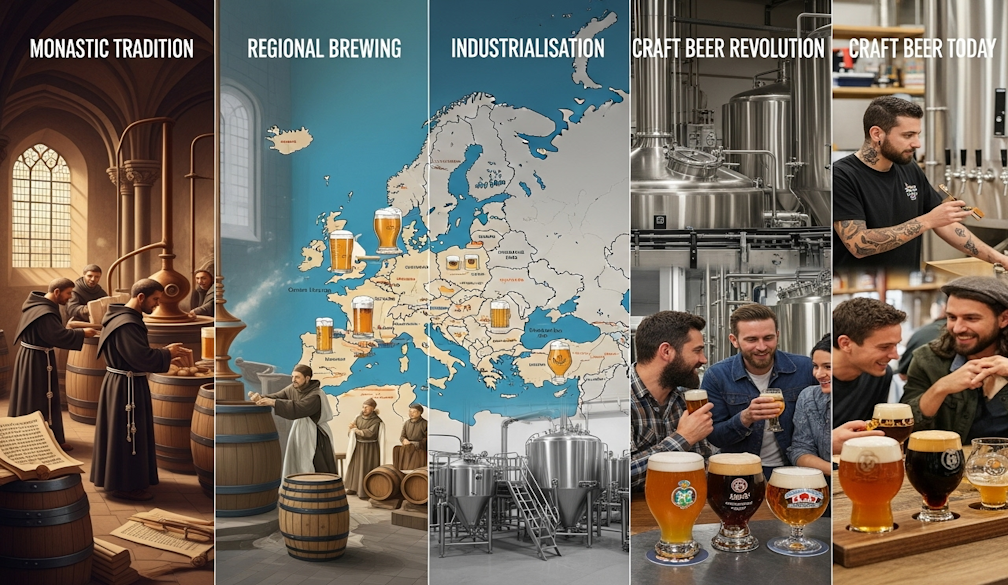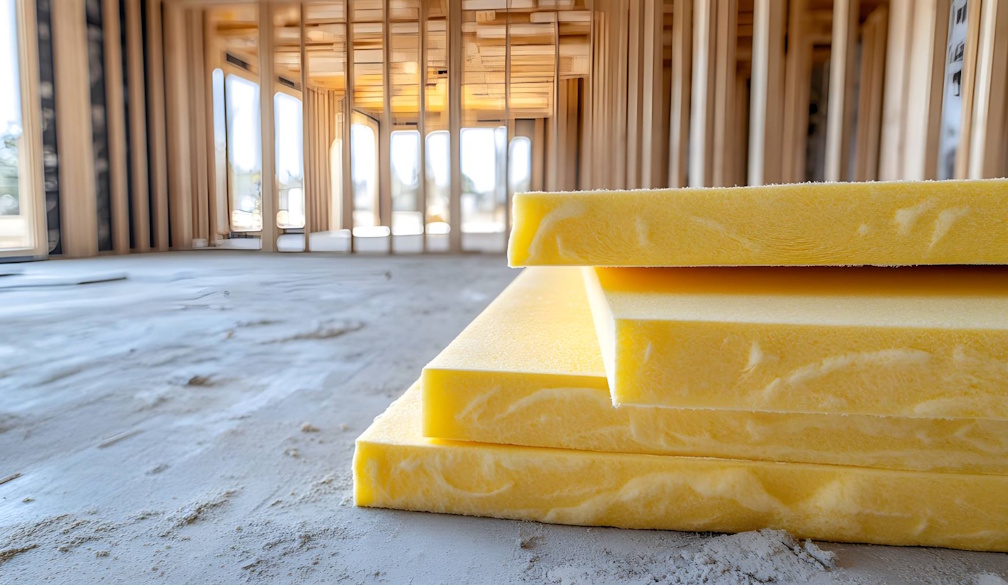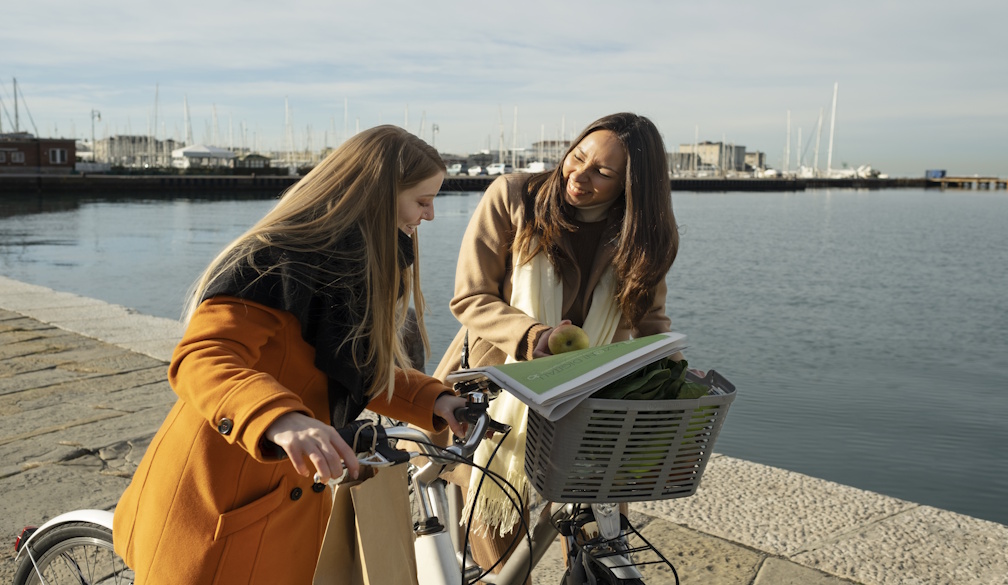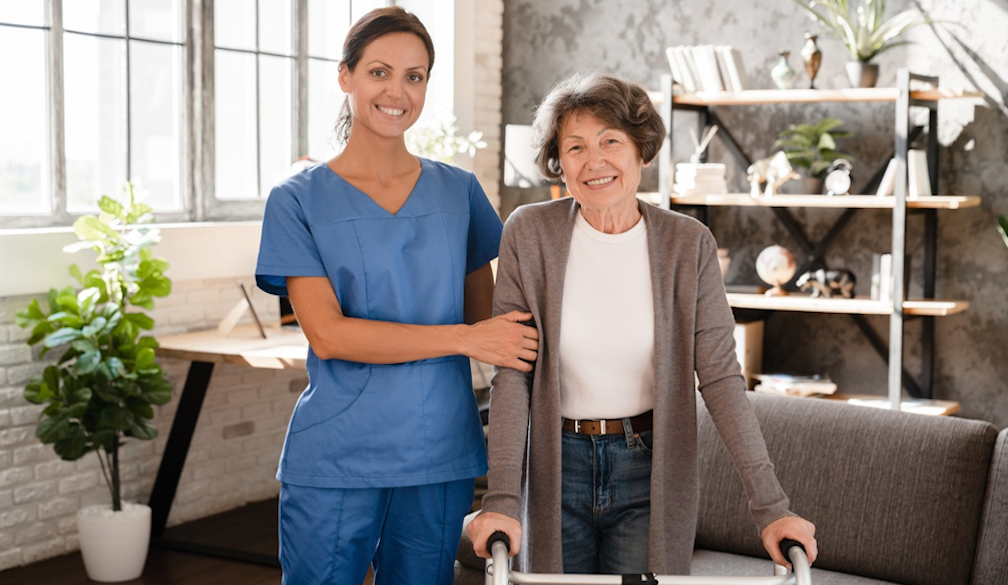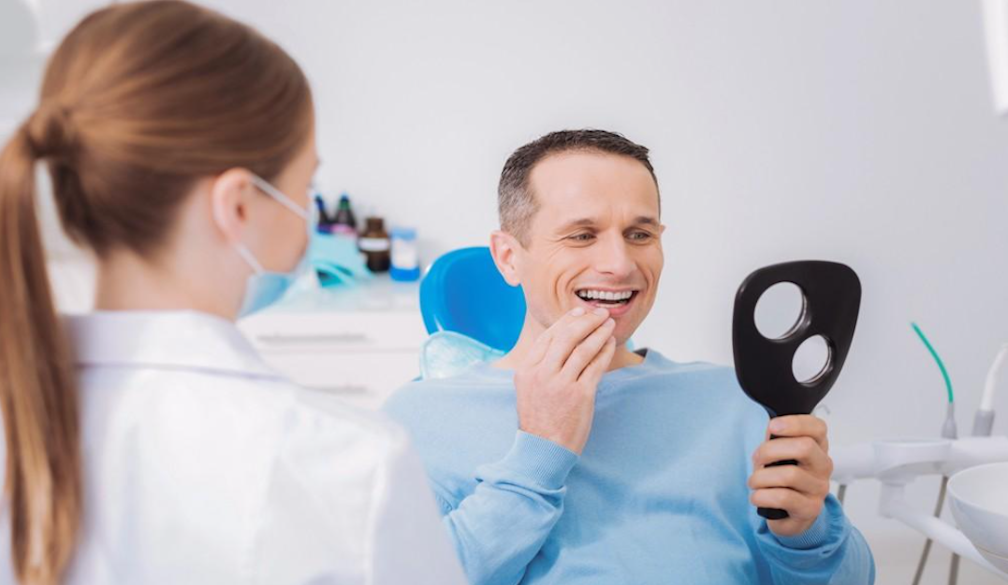Edible seaweed can be used to grow blood vessels in the body
- Written by Aurelien Forget, Lecturer in Macromolecular Chemistry, Freiburg University
When we have small wounds on our skin or muscles they can usually heal by themselves.
But in deeper wounds – such as those in diabetic patients or in muscle tissue after a heart attack – repair is more difficult. These sorts of issues often require more serious treatments, and may eventually need amputation or a transplant if healing is not complete.
While organ transplants save lives, we fall short in available organs for this procedure, and alternative methods are needed.
Technology such as bioprinting has been proposed to build fully functional organs outside the body. But what if we could boost our own regenerative capabilities? Would it be possible to create the organs inside the body?
Read more: The next pharmaceutical revolution could be 3D bioprinted
In a recent publication we demonstrate that by a simple injection of a gel extracted from edible seaweeds, we can direct the body to create stable blood vessels in a muscle. These vessels are the key in helping tissue to live.
These results are an important step toward regenerative therapies based solely on biomaterials.
What are regenerative therapies?
Regenerative therapy (also called regenerative medicine) is an area of research that combines medicine, molecular biology, and biotechnology. It aims to engineer tissues or organs and restore normal function.
As an example, 3D bioprinting has had some success, such as the creation of implantable corneas for the eye.
But this approach requires specialised manufacturing facilities. The cells must be isolated, grown in a bioreactor – a special vessel providing the right environment for tissue growth – and used to create artificial organs under controlled and sterile conditions.
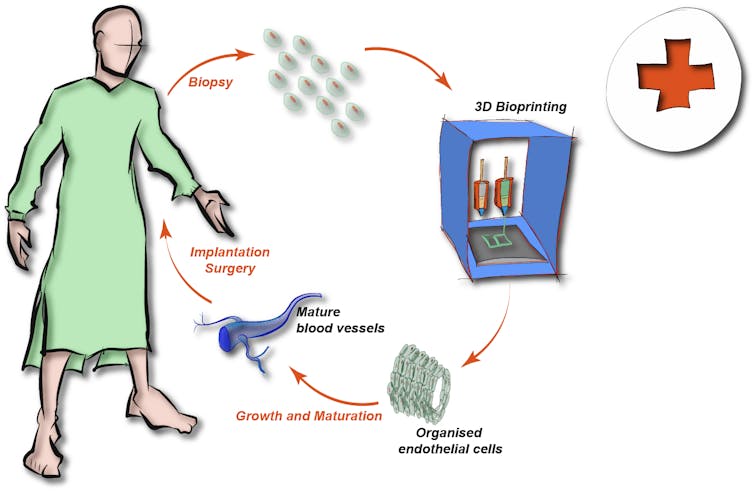 Process of biofabrication of patient specific organs.
Steffen Harr
Process of biofabrication of patient specific organs.
Steffen Harr
A new approach emerged a couple of years ago. This uses the body to produce a particular type of tissue or cells, and is called the in vivo (in the body) bioreactor. This was initially developed to make bones.
To create tissue in the human body, we need to trigger and exploit our own regenerative capabilities. Unfortunately we are not as good as salamanders: we can’t regrow a new limb.
But with some help, we could regenerate individual tissues. To achieve this, the help can come in the form of materials that:
reproduce the tissue properties needed, such as the stiffness of the tissues, and
carry chemical and biological signals that can direct the tissue growth.
A tissue is defined as a group of cells working together for a specific function. As an example, muscle tissues are made of cells organised into fibres, forming the so-called muscle fibres.
Materials that can talk with cells
Our body’s tissues are made up of many different cell types, and also materials that exist outside the cells. These materials are known as the extracellular matrix (ECM).
The ECM is made up of several different elements. It holds water, and also stores vital information to help cells move, grow and organise into functional tissues.
We don’t need to go into the details of what the ECM is made of here. But what we can say is that scientists can copy many of its functions using a gel-like material called hydrogel. This can be modified to pass specific biological information to cells.
Edible seaweed to create blood vessels
We have been developing a new class of injectable hydrogel.
The material making the hydrogel is called agarose, which is also used to make jelly cakes in the kitchen, and in biology laboratories to separate DNA.
Agarose is a polysaccharide – a long chain of sugar – that is extracted from red seaweed found in many oceans around the world.
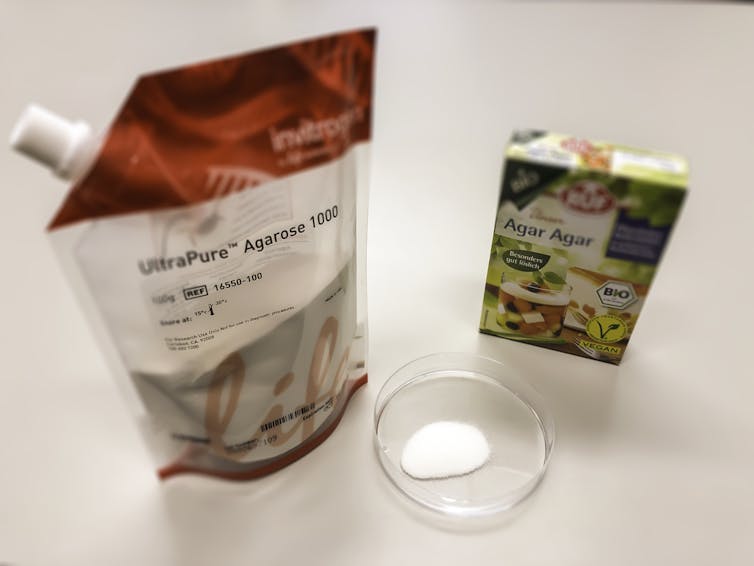 Agarose powder used in the laboratory for the separation of DNA and agar used to make jelly cakes.
Aurelien Forget
Agarose powder used in the laboratory for the separation of DNA and agar used to make jelly cakes.
Aurelien Forget
In our lab, we can modify agarose by attaching a small molecule (a peptide) that will talk to the cells. Using this approach, we have created a unique formulation of the hydrogel that provides the ideal environment for certain cells to organise into blood vessels.
Now in our latest work with collaborators at the University Hospital of Basel, we show that this same hydrogel injected into muscle can “talk” to the body and initiate the formation of new blood vessels.
Previously, only cartilage or bone could be regenerated within the body.
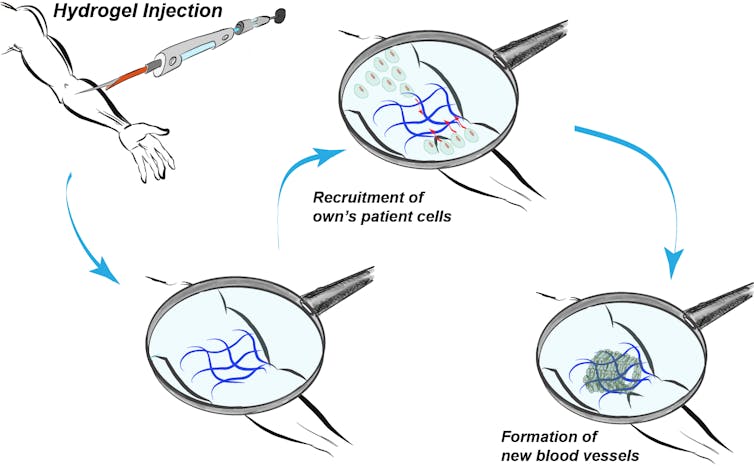 Formation of new blood vessels induced by an injectable therapeutic material.
Steffen Harr
Formation of new blood vessels induced by an injectable therapeutic material.
Steffen Harr
Future therapies
This approach paves the way for the creation of a new class of therapies in which injectable materials could become as useful as pharmaceutical drugs.
We envision that in certain cases a patient with a defect organ might one day be able to get an injection of a material that will carry with it information to talk to cells and direct their organisation into new functional tissues.
Read more: The 'painless woman' helps us see how anxiety and fear fit in the big picture of pain
This approach would let our body do most of the complicated tasks, in contrast to cell therapies or bioprinting of organs outside the body - where cells must be harvested, grown and re-implanted. Materials therapies would be highly valuable for patients in remote location where complex infrastructures are not available.
More speculatively, organ bioprinting is considered as one of the critical technologies for the expansion of the humans to other planets.
By using regeneration-triggering materials to overcome injuries or disease we could leave the critical repair task for our body. Perhaps one day a person living in space would be able to inject themselves with one of these materials.
Authors: Aurelien Forget, Lecturer in Macromolecular Chemistry, Freiburg University
Read more http://theconversation.com/edible-seaweed-can-be-used-to-grow-blood-vessels-in-the-body-112618



